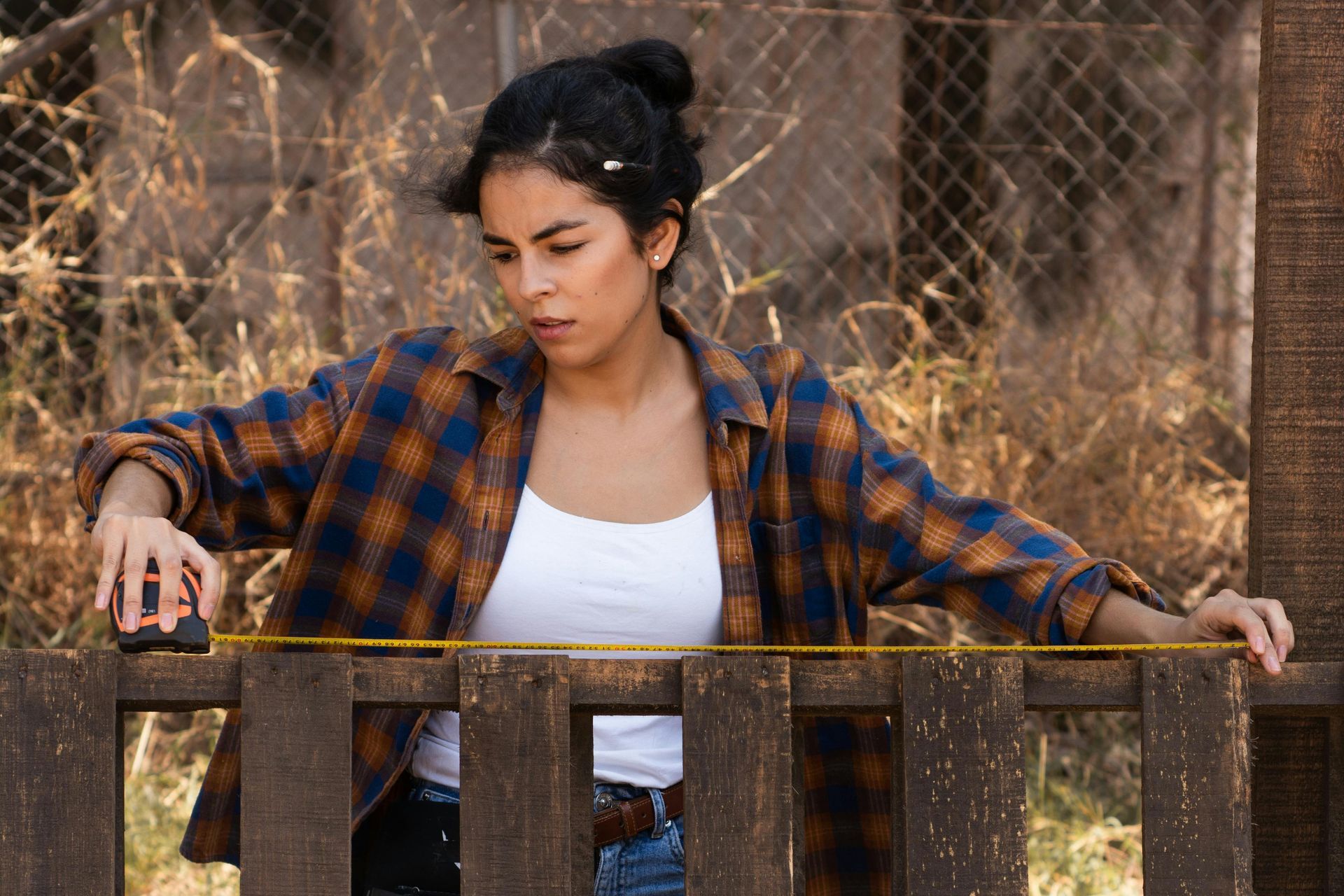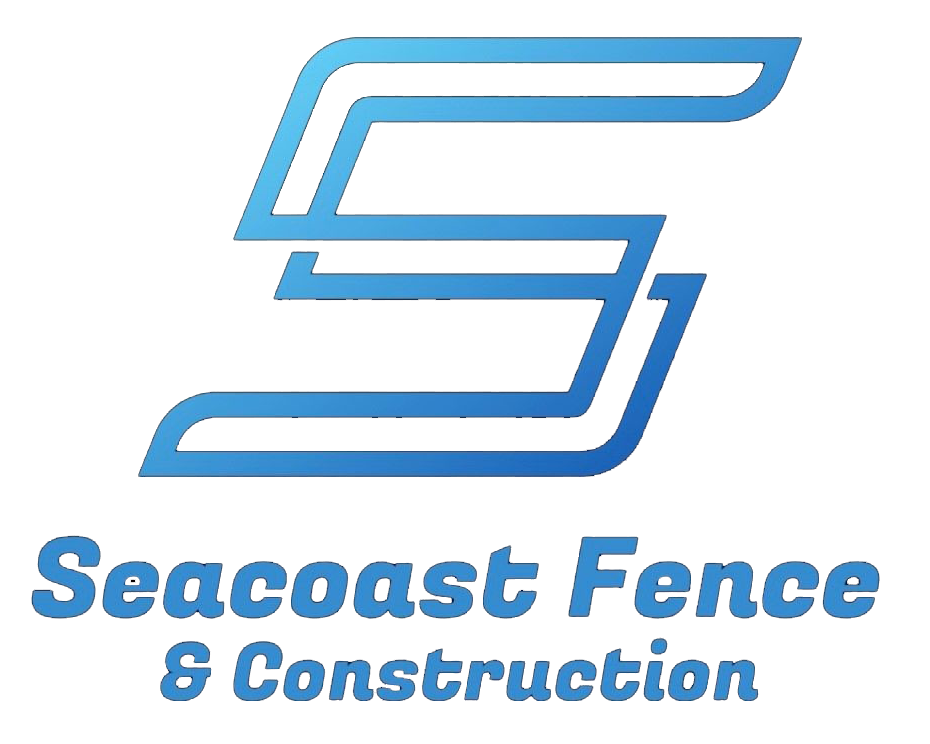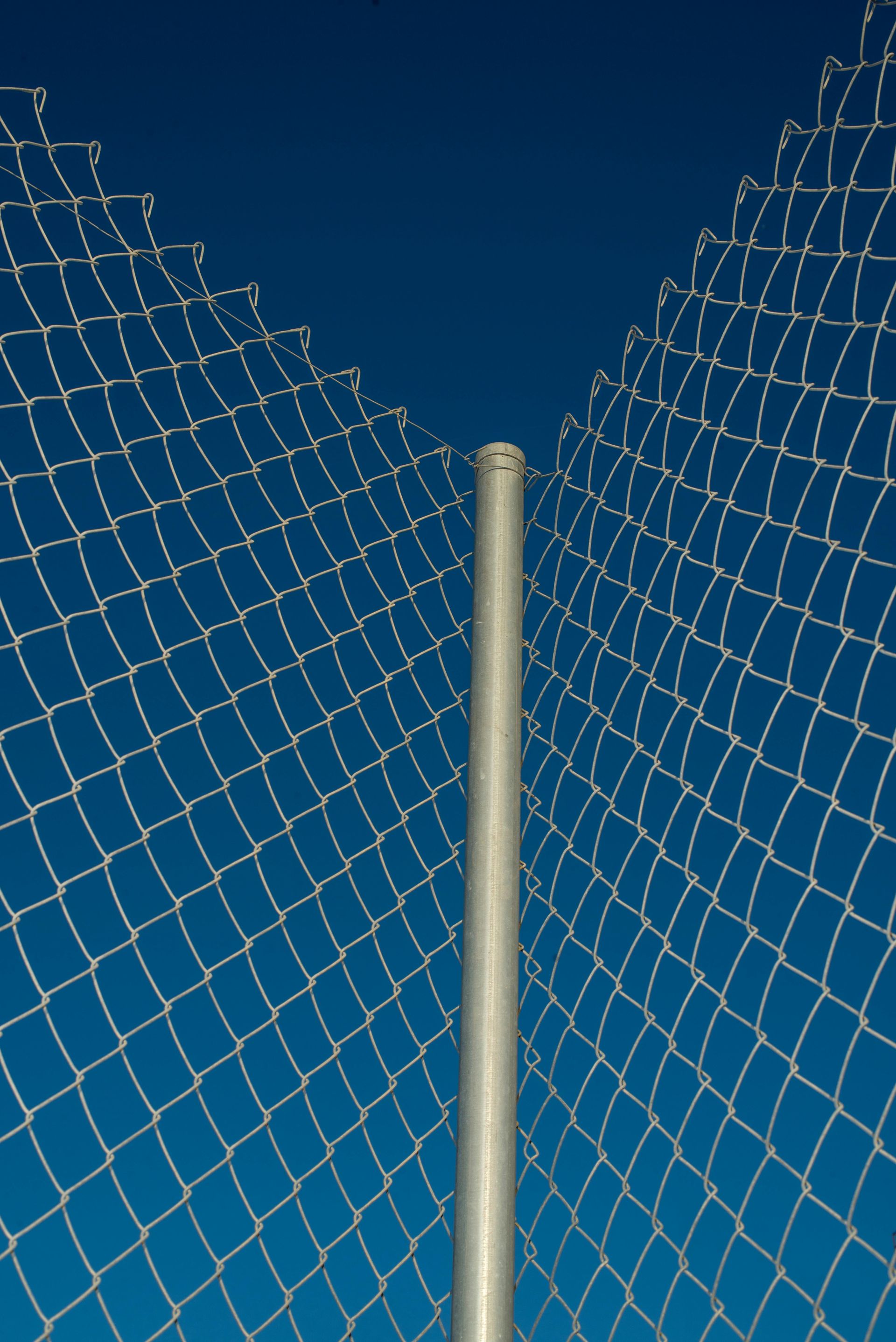DIY Fence Installation: The Hidden Costs You Should Know

Why DIY Fence Installation Might Cost You More in the Long Run
The True Costs of DIY Fence Installation
Many homeowners turn to DIY fence installation with dollar signs in their eyes. The math seems simple at first. Buy the materials, follow some online guides, and save on labor costs. But the real story often has a different ending.
DIY fence installation can actually cost you more money in the long run than hiring professionals. While the upfront savings might look good on paper, many homeowners don't account for the hidden costs, mistakes, and long-term issues that can make a DIY project more expensive over time.
When you add up the tools you'll need to buy or rent, the extra materials from mistakes, the time off work, and potential repairs down the road, the true cost of DIY becomes clear. Not to mention the physical toll of digging post holes and setting heavy panels by yourself.
Initial Cost Comparison: DIY vs Professional
At first glance, DIY fence installation looks cheaper on paper:
DIY approach:
- Materials: $1,500-$3,000 for an average yard
- Tool rental: $200-$500
- Your time: Priceless (but often 2-4 weekends)
- Total: $1,700-$3,500
Professional installation:
- Materials and labor: $3,000-$5,000
- Your time: Minimal
- Total: $3,000-$5,000
The price gap seems to favor DIY by about $1,000-$1,500. But this simple math misses a lot.
Hidden Expenses Most Homeowners Don't Consider
DIY fence projects come with sneaky costs that blow budgets:
- Specialty tools you'll never use again
- Extra materials for mistakes and do-overs
- Permit fees and inspection costs
- Concrete and other setting materials
- Delivery charges for bulky materials
- Waste removal costs
One homeowner in Biddeford shared: "I thought I'd save $1,200 doing it myself. After buying a post hole digger, extra lumber when I cut boards too short, and taking a week off work, I spent more than if I'd hired pros from the start."
Time Investment and Opportunity Cost
Your time has value. A typical DIY fence project takes 3-4 full days for an average yard. For most folks, that means using precious vacation days or giving up multiple weekends.
Ask yourself: What is your time worth? If you make $25/hour at work, and spend 32 hours on your fence, that's $800 of your time. Could that time be better spent with family, on other home projects, or even working overtime?
Common DIY Fence Installation Mistakes
Improper Planning and Measuring
The old saying "measure twice, cut once" becomes painfully clear during fence installation. Common planning mistakes include:
- Incorrect property line identification leading to neighbor disputes
- Poor post spacing causing weak fence sections
- Failing to locate underground utilities (which can lead to dangerous and costly damage)
- Inaccurate material calculations resulting in multiple store trips
One simple measuring error can throw off your entire fence line. Then you're faced with a tough choice: live with a crooked fence or start over.
Foundation and Post Setting Errors
The strongest fence in the world will fail if the posts aren't set right. DIYers often make these critical mistakes:
- Digging holes too shallow (posts should be at least 1/3 their height underground)
- Using too little concrete or mixing it incorrectly
- Not checking for level and plumb while setting posts
- Failing to account for ground slope and frost lines
These errors don't show up right away. Instead, they reveal themselves months later when your fence starts to lean or sag after the first storm.
Material Selection Missteps
Choosing the wrong materials is a costly DIY trap:
- Using indoor lumber for outdoor projects
- Buying low-grade materials that won't last
- Choosing the wrong type of fence for your climate
- Using incorrect fasteners that rust or fail
Professional installers know which materials work best in local conditions. They have relationships with suppliers and access to contractor-grade materials.
Long-Term Consequences of DIY Fence Installation
Durability and Lifespan Concerns
A properly installed fence should last 15-30 years depending on materials. DIY fences often fail much sooner because of:
- Improper post setting leading to leaning and sagging
- Incorrect spacing causing panels to warp
- Poor drainage planning resulting in rot and decay
- Inadequate hardware that fails under stress
When a professional fence might last 20+ years, a DIY fence might need replacement in just 5-7 years – wiping out any initial savings.
Property Value Impact
A well-built fence boosts property value. A poorly constructed one does the opposite.
Real estate agents report that obviously DIY fences can:
- Reduce curb appeal
- Raise red flags for potential buyers
- Prompt lower offers
- Fail home inspections
One local real estate agent notes: "When buyers see a crooked fence or mismatched gates, they wonder what other corners were cut around the property."
Repair and Maintenance Issues
DIY fences typically need more repairs and maintenance:
- More frequent painting or staining due to improper preparation
- Loose boards and hardware that need regular tightening
- Leaning posts that may eventually need complete replacement
- Drainage issues causing premature rot
These ongoing costs add up quickly, often exceeding what you initially "saved."
When to Call the Professionals
Signs Your Fence Project Needs Expert Help
Consider hiring pros if:
- Your property has significant slopes or drainage issues
- You need to install on difficult terrain like rocky soil
- The fence is for pool safety or other code-specific purposes
- You're installing a specialized type of fence (wrought iron, vinyl)
- Property line disputes exist with neighbors
- You want a fence that
lasts decades without issues
Remember: getting it right the first time is always cheaper than fixing mistakes later.
What to Look for in a Professional Fence Installer
Not all fence companies offer the same value. Look for:
- Proper licensing and insurance
- Written, detailed estimates
- Photos of past projects
- Strong warranties on both materials and labor
- Knowledge of local codes and regulations
- Good reviews from local customers
Ask potential installers about their approach to common problems in your area. Their answers will reveal their expertise.
Cost-Benefit Analysis of Professional Installation
When weighing DIY vs professional installation, consider:
- Initial cost savings vs long-term durability
- The value of warranty protection
- Time savings and convenience
- Peace of mind knowing it's done right
- Proper permits and inspections handled for you
- Cleanup and waste removal included
Most homeowners who've tried both routes agree: the slightly higher upfront cost of professional installation pays off through years of trouble-free ownership.
Tips for Successful Fence Installation
Pre-Installation Planning
Whether you DIY or hire pros, good planning makes all the difference:
- Check property lines with official surveys
- Talk to neighbors before starting
- Research local regulations and HOA rules
- Mark underground utilities (call 811 before digging)
- Consider sun, wind, and drainage patterns
- Plan for gates and access points carefully
Taking time to plan can prevent expensive mistakes down the road.
Working with Local Regulations
Fences are subject to surprising amounts of regulation:
- Height restrictions vary by zone and location on property
- Setback requirements from property lines
- Permit processes that differ by municipality
- Historic district rules in some neighborhoods
- Special requirements for corner lots
Breaking these rules can result in fines or forced removal of your fence.
Quality Material Selection
Good materials make a big difference:
- Pressure-treated lumber rated for ground contact
- Hot-dipped galvanized or stainless steel hardware
- UV-resistant vinyl if choosing plastic fencing
- Proper grade of concrete for your climate
- Quality paint or stain designed for outdoor use
Saving a few dollars on materials often leads to spending many more dollars on early replacement.
Conclusion and Next Steps
DIY fence installation might seem like a money-saving project, but the hidden costs, common mistakes, and long-term consequences often make it more expensive in the end. For most homeowners, professional installation delivers better value through durability, proper installation, and peace of mind.
If you're considering a new fence, weigh all the factors – not just the initial price tag. Your fence is an investment in your property that should last for decades with minimal headaches.
For quality fence installation that stands the test of time, contact the experts at Seacoast Fence and Construction in Biddeford. Their team brings the right tools, materials, and expertise to ensure your fence enhances your property for years to come. Get a free consultation today and discover how affordable professional installation can be when you consider the long-term value.


